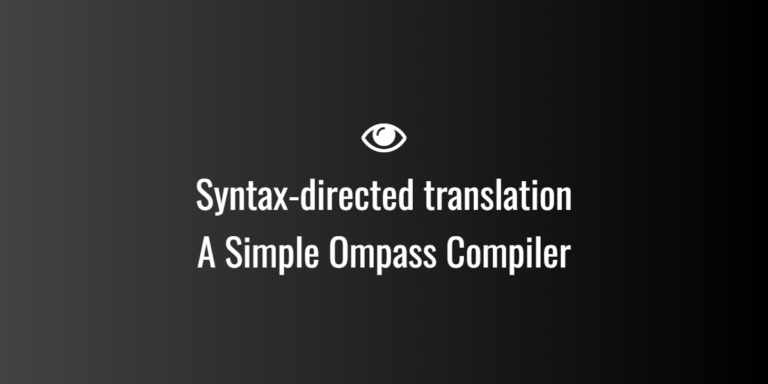
Query Optimizer in DBMS
What is a Query Optimizer?
A query optimizer is a component of a database management system (DBMS) that determines the most efficient way to execute a given query. It improves performance by reducing execution time, minimizing resource usage, and optimizing access to stored data.
How Does a Query Optimizer Work?
The query optimizer follows these key steps:
1. Query Parsing and Translation
- The SQL query is first parsed and converted into an internal representation, such as a parse tree or relational algebra expression.
- Example:

- Translated into:
σ (salary > 50000) (employees) → π (name) (Relational Algebra)
2. Generating Multiple Query Execution Plans
- The optimizer generates different possible ways (plans) to execute the query.
- Example:
- Plan 1: Full table scan (reads all rows).
- Plan 2: Use an index on salary to fetch only relevant rows.
- Plan 3: Use a materialized view if available.
3. Cost Estimation for Each Plan
- The optimizer assigns a cost to each plan based on factors like:
- I/O cost (disk reads/writes)
- CPU cost (processing time)
- Network cost (data transfer in distributed databases)
- Example:
- Full Table Scan → High cost (reads all rows).
- Index Scan → Lower cost (reads fewer rows).
4. Selecting the Best Execution Plan
- The optimizer chooses the plan with the lowest cost to execute the query efficiently.
- Example:
- Instead of scanning the entire table, it may choose an index-based lookup for faster execution.
5. Query Execution
- The chosen execution plan is executed by the database engine.
- The results are retrieved and returned to the user.
Types of Query Optimization
1. Rule-Based Optimization (RBO)
- Uses predefined rules to transform queries for better execution.
- Example: Rewriting
WHEREclauses to use indexes.
2. Cost-Based Optimization (CBO)
- Uses statistical data (e.g., table size, index selectivity) to estimate the cost of different execution plans.
- Example: Choosing between a nested loop join and a hash join based on data distribution.
Query Optimization Techniques
1. Indexing
- Use indexes on columns that are frequently searched.
- Example:

-
- Without Index: Full table scan (slow).
- With Index: Direct lookup (fast).
2. Query Rewriting
- Example: Avoiding SELECT *

3. Join Optimization
- Choose the best join algorithm:
- Nested Loop Join – Good for small datasets.
- Hash Join – Good for large datasets.
- Merge Join – Good for sorted datasets.
4. Partitioning
- Split large tables into smaller partitions to improve performance.
5. Materialized Views
- Store precomputed results of frequent queries.
Example: Query Optimization in MySQL
Before Optimization (Slow Query)

- Problem: Full table scan (slow).
After Optimization (Faster Query)

- Improvement: Uses index scan, reducing execution time.
Conclusion
A query optimizer is essential for improving database performance by selecting the most efficient query execution plan. Using techniques like indexing, join optimization, and cost-based analysis, databases can run queries much faster. 🚀




